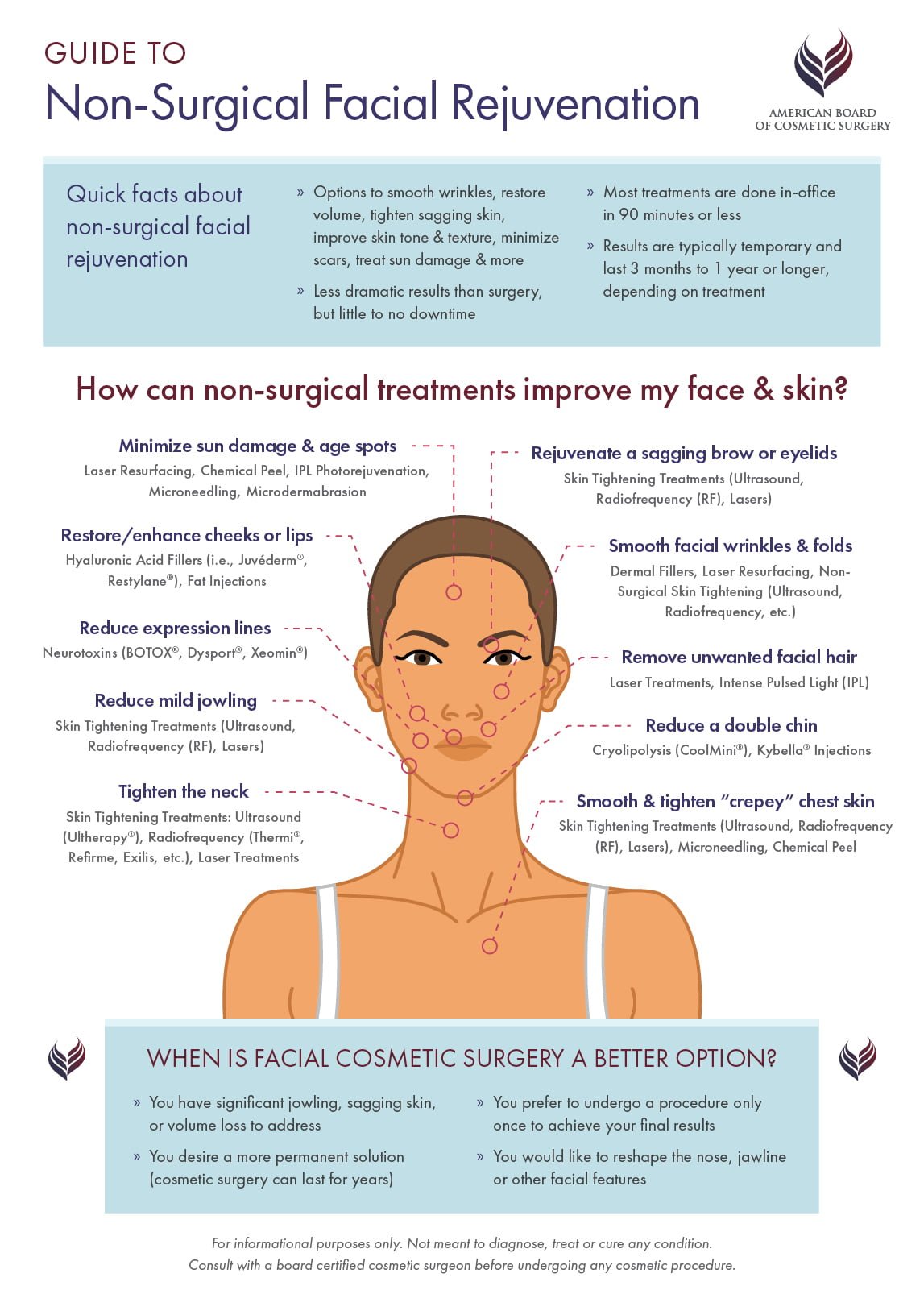AHAs are a crucial active ingredient for unclogging pore blockages and lightening up acne-prone skin. They work by breaking down dead skin cell accumulation to advertise more recent, fresher cells, and stopping future blockages.
Creating topical AHAs necessitates precise interest to numerous vital factors that substantially influence their efficacy and tolerability. Maintaining the ideal pH variety, in addition to lorry selection and concentration, enhances their exfoliative qualities while minimizing potential adverse reactions.
Glycolic acid
Glycolic acid is understood for its moderate yet reliable scrubing properties, which promote skin's natural shedding and loosen the "glue" that holds dead cells on the surface of the skin. This assists unblock pores and decrease the look of great lines and creases, as well as improve overall skin texture and tone.
Interestingly, topical glycolic acid has likewise been shown to promote the production of collagen, which is important in maintaining skin's firmness and elasticity. It is very important to keep in mind, however, that since glycolic acid can stimulate the skin's sensitivity to sunlight, it is important to put on sun block when making use of any kind of items having this active ingredient.
Skin doctors pay mindful focus to the solution of items having AHAs in order to maximize their efficiency and tolerability. Creating AHAs with the ideal lorry, in addition to pH and focus factors to consider, permits ideal skin infiltration while lessening prospective unfavorable reactions. This is especially vital for patients with sensitive skin, since AHAs are recognized to be gently bothersome.
Lactic acid
Lactic acid is located in lots of non-prescription skin treatment products and some stronger expert peels and treatments. It has the lowest molecular weight of all the AHAs and is able to pass through much deeper into the skin, where it is much more effective at unclogging pores and exfoliating.
Like glycolic acid, it likewise promotes collagen synthesis, which helps diminish fine lines and wrinkles and improve skin appearance. In addition, it has moisture-retention residential properties, that makes it preferable for drier skin types than other AHAs.
The extensive body of professional information confirming the efficiency of topical AHAs sustains their utility in a wide variety of dermatological ailments and visual worries. These include intricate skin restoration treatments, depletion of fine lines and wrinkles, lightening of hyperpigmentation, therapeutic treatment for actinic keratosis, and acne monitoring [2] Enhancing the formula of AHAs by balancing pH, focus, and automobile choice further boosts their restorative capacity. These careful considerations make it possible for skin specialists to deliver secure and efficient treatments that provide remarkable medical outcomes.
Mandelic acid
Mandelic acid, derived from almonds, is another participant of the AHA household and is a popular ingredient in items that assist treat acne. Its larger molecular dimension indicates it penetrates the skin extra gradually and gently, which can reduce the possibility for inflammation. It's additionally much less likely to cause soreness and various other skin sensitivity concerns, making it ideal for delicate skin types.
Mandelic Acid is believed to help in reducing inflammation and increase hydration. It functions by loosening the bonds in between dead skin cells, enabling them to shed and disclose fresher-looking skin. It likewise helps reduce the look of enlarged pores.
Creating topical items with AHAs requires a precise equilibrium of essential variables that substantially impact their efficiency and tolerability. Particularly, the pH of an AHA formulation has actually been revealed to play a crucial duty in its capability to promote peeling and enhance complexion and texture. Attaining this ideal focus is a difficult goal and needs meticulous focus to the different factors that affect the formulation procedure.
Citric acid
Citric acid, found in citrus fruits such as oranges and lemons, is a moderate AHA. It's less bothersome than glycolic or lactic acid, making it more suitable for delicate skin. It also has astringent buildings, assisting to dry out excess oil.
Like various other AHAs, citric acid can be used in chemical peels and everyday active/maintenance therapies to exfoliate the skin and advertise cell turnover. It can help in reducing the appearance of dark areas and hyperpigmentation, as well as great facial lines.
It can likewise raise the synthesis of glycosaminoglycans, which play an essential duty in strengthening the skin obstacle function. This assists to avoid trans-epidermal water loss, and maintain optimum hydration levels in the xeomin vs botox skin [35]
AHAs can be integrated with comforting components such as ceramides or hyaluronic acid to boost their tolerability. They can be incorporated right into daily active/maintenance skincare via cream or lotion solutions. This enables experts to tailor their AHA therapies based on client demands and preferences, with the versatility of picking from different therapy intensities or concentrations.
